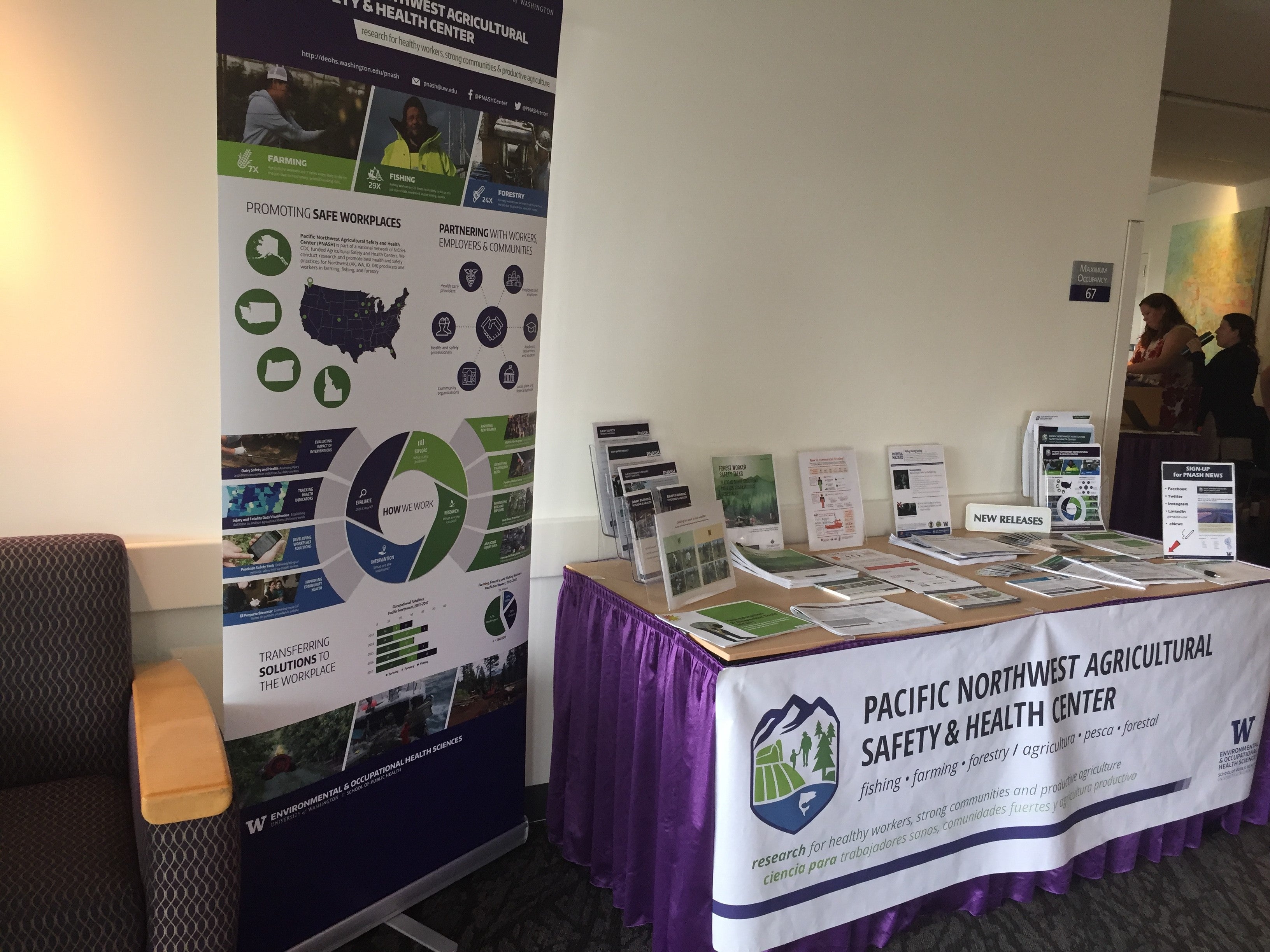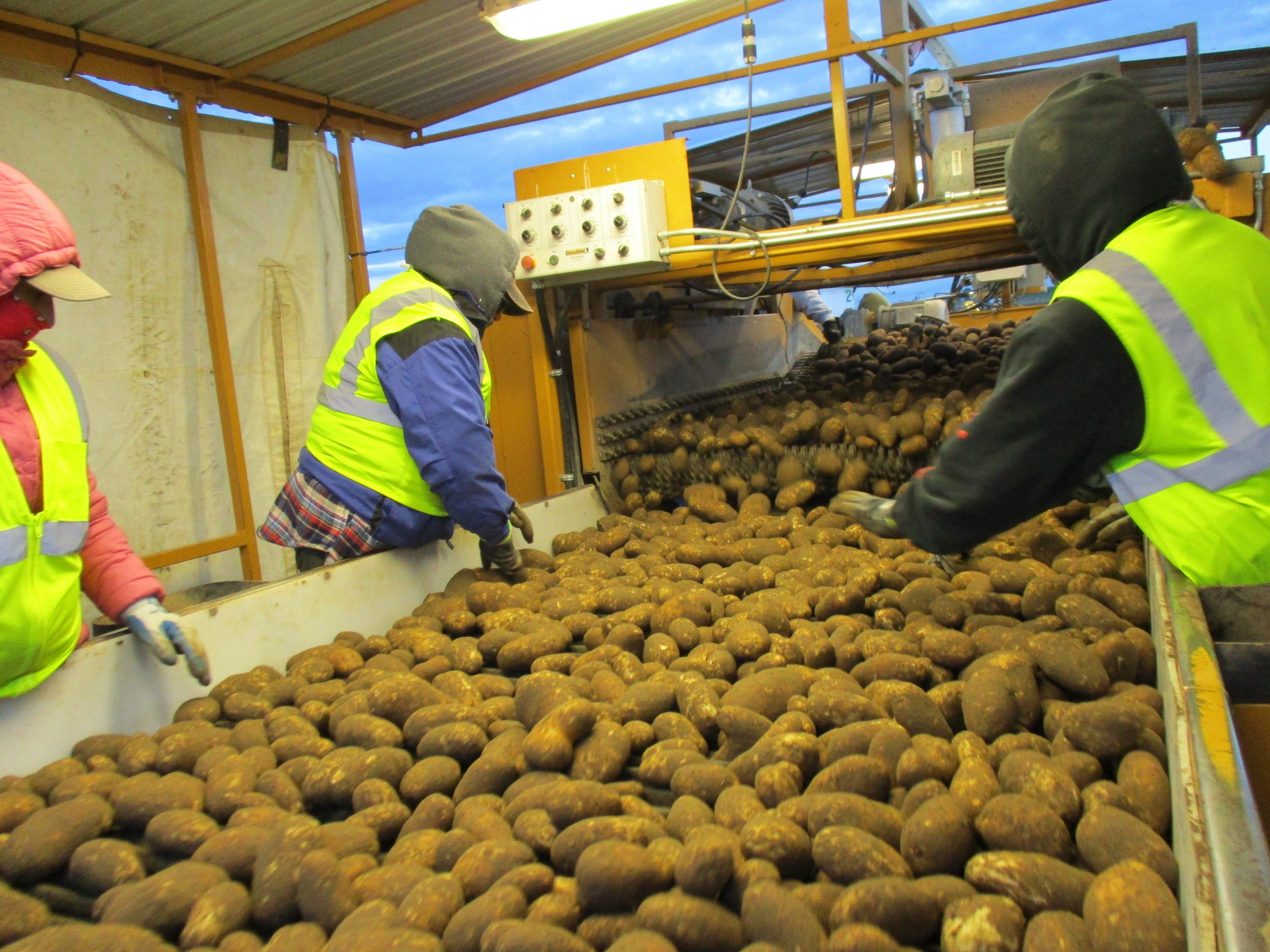
Working in the agricultural industry presents a plethora of potential work-related hazards and consequential adverse health effects. More than 100 workers suffer lost-work-time-injuries per day, and 400 farmers and farm workers died from work related injuries in 2015. Potato production hazards include bending, twisting and lifting activities, awkward postures, ATV and tractor driving, potato sorting, seed cutting, and pesticide exposure.
Together, Idaho and Washington produce more than half of the nation’s potatoes, which goes to show that potato production is a significant component of the PNW’s economy. Identifying and addressing hazards specific to potato production is important for safeguarding worker health within this industry.

Despite the importance of potato production to the PNW’s economy and the potentially hazardous nature of this crop production, only limited and dated research exists regarding hazards specific to the potato industry. Dr. Curl and Dr. Adams aimed to fill this gap by investigating potato grower perceptions of hazards on their own farms, and producing tools to help them reduce those hazards.
Our research team first developed and distributed a Hazard Perception Survey (HPS) that asked growers to indicate their level of concern regarding the frequency and severity of injuries associated with various potato production tasks. Based on grower responses, we created ten Potential Hazard Sheets that provide recommendations for minimizing or eliminating hazards they may identify on their own operations. Growers are also encouraged to “Stop, Watch and Identify” hazards on their own farms using a process based on traditional Job Hazard Analysis (JHA) methods.
The JHA as well as the hazard sheets have been distributed electronically to growers in Washington and Idaho and are also available on our newly published Safety Hazard website. These tools were also shared at the Western Regional Ag Safety & Health Conference and Ag Safety Days in Washington.